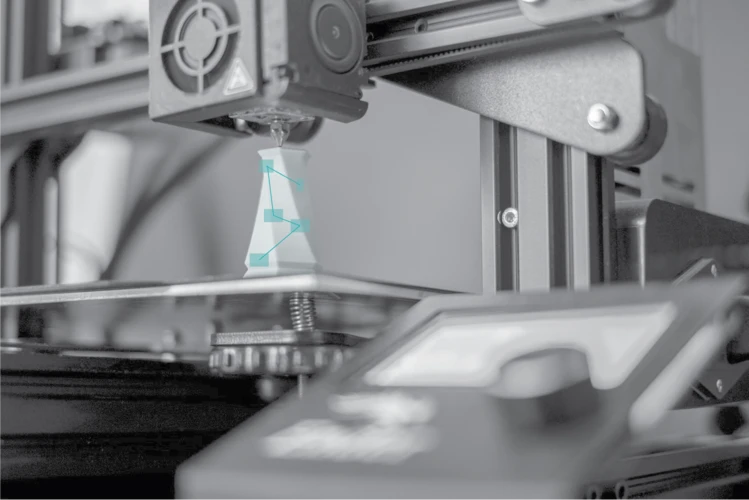Predicting Potential Reach of Video Ad Campaigns
We simulate internet traffic and bidding scenarios to predict the reach of advertising campaigns.
Input
Targeting criteria and price per view
Output
Estimated total viewership of the campaign
Goal
Provide customers with reliable estimates of the reach of their campaign



